Filenews 2 March 2024 - by Angelos Nicolaou
The caterpillar of pines or pityocampi is one of the most important enemies of all pines. A serious risk of dermatosis lurks in both humans and pets if they come into contact with pine trees affected by caterpillars. Caterpillars possess an excellent defense mechanism.
When they feel threatened, they shoot tiny hairs into the air, which contain a toxin that causes humans and animals skin symptoms. In an effort to deal with the caterpillar, to protect trees, people, and homes, the competent authorities decided to take specific measures. One of them is a pilot program, which will be implemented for the first time this year with natural enemies of the caterpillar.
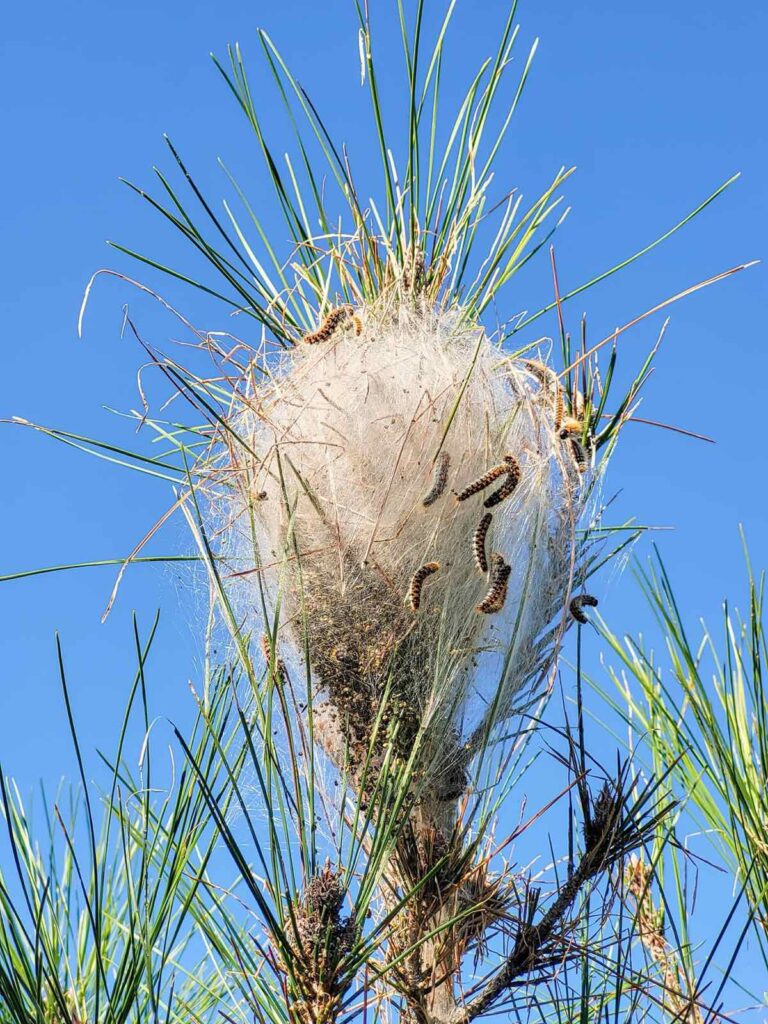
Specifically, the implementation of pilot biological management of the pine caterpillar is promoted by promoting natural predators such as the hoopoe known in Cyprus as poupouxios, the pembetsos alias mougiannoui and the monk known as cobbler. These three species feed on large quantities of pine caterpillar since the adulthood of the caterpillar coincides with the breeding season of these species. Therefore, the need for protein food in chicks is necessary.
The action concerns the placement of artificial nests in areas with a strong presence of pine caterpillars. In this way, birds will prefer the area, since there will be a suitable nesting site, and in the presence of high quality and quantity of food, they will act as regulators of the caterpillar population. Nests have been built with specific specifications that will meet the needs of these species.
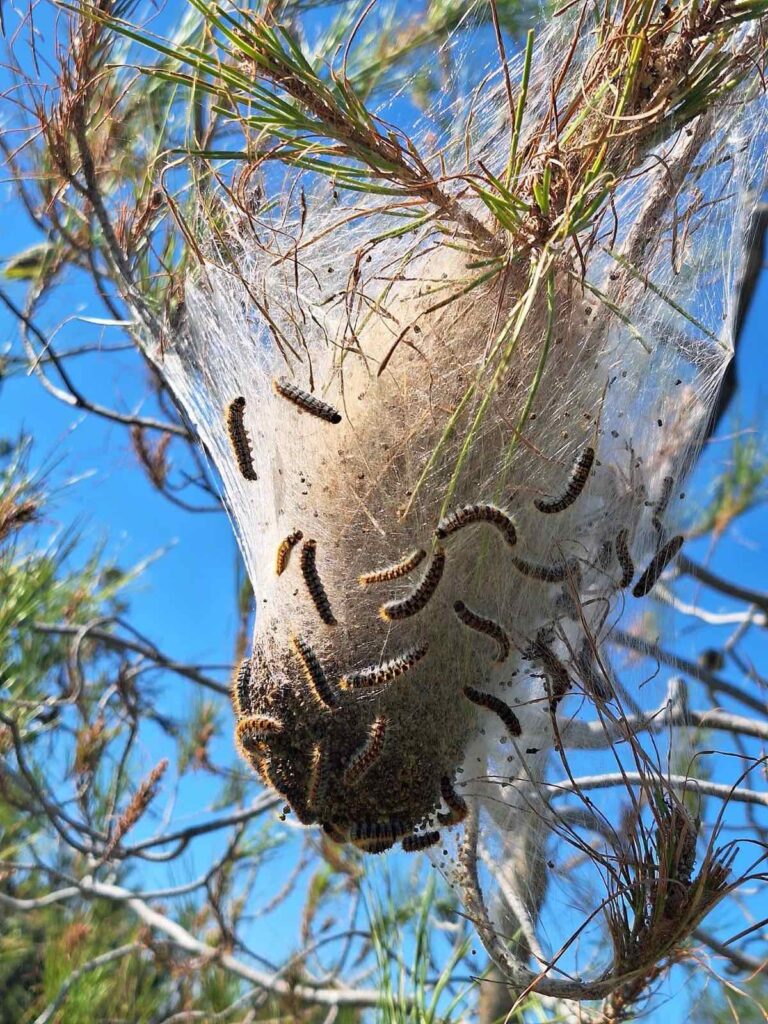
The community of Agridia has been selected and the nests will be placed at specific points within the affected area. The nests will be mapped to record their reproductive success, while the extent of the presence of the pine caterpillar problem will be assessed in order to compare whether these species have worked positively in reducing the problem. The hoopoe is not a large species for Cyprus like the other two species and the nesting of even a small number of pairs will be considered a success.

If the pilot program succeeds, it can be applied in other areas, while if the results are not as expected, it can be applied in another region. The action is implemented in coordination with the Ministry of Agriculture, Rural Development and Environment in collaboration with the District Office of the Department of Agriculture, the Troodos Forest Region and the Community Council of Agridia.
The presence of the caterpillar is felt in all pine forests but more damage is done to malnourished trees and so this pine forest does not regenerate. Large infestations are also found in small and large pine trees of residential areas, such as houses, public parks, squares and cottages. Also characteristic of the larva (caterpillar) are the allergic reactions it causes to anyone who approaches them, as soon as the caterpillars are threatened, they spread hair in the air with toxins that irritate skin, eyes and the respiratory system of humans.
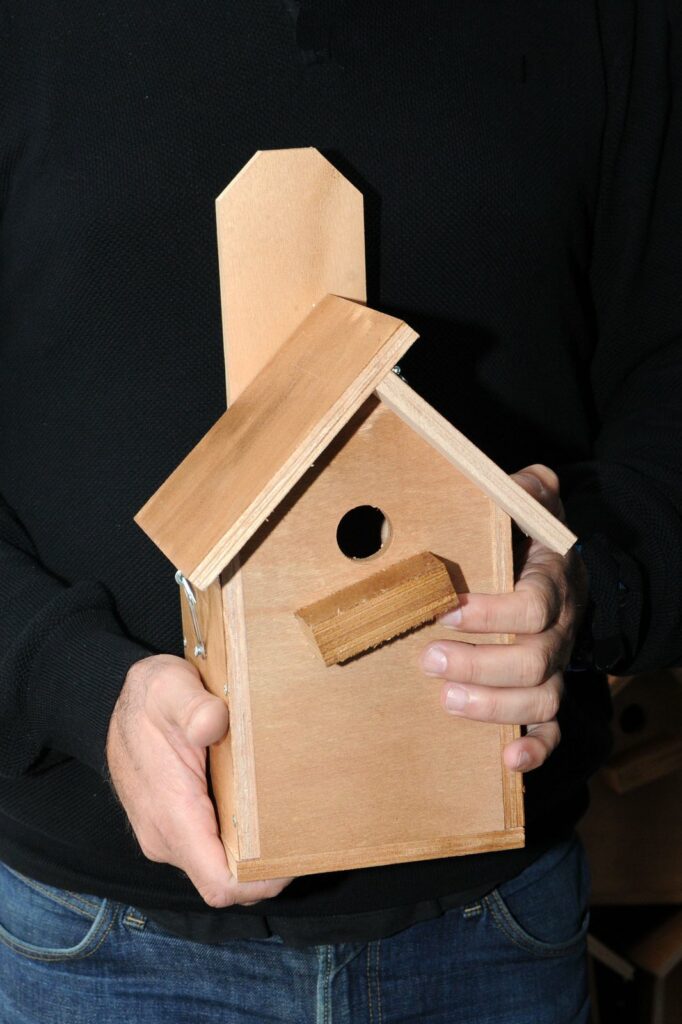
Adult insects (lepidoptera) appear from late July to October with the most flights in August. They can live only a few days and in this short time they mate and spawn in pine needles. Each female can lay more than 300 eggs, usually in groups of 70 eggs in silk sheaths. The young larvae (caterpillars) appear 30-45 days later and feed at night with pine needles, while hiding during the day in their nest. Once they grow in size, they begin to weave the cocoon to protect themselves inside it from weather conditions and natural enemies.
The larvae of pityocampi complete their development in five larval stages by the beginning of next spring, and then go in search of a suitable place to gnaw in the ground. The larvae grow up to become nymphs within the soil and usually seek light, sunny and fluffy soil. Nymphosis occurs at a depth of 5-20 cm in a silk bomb and can last 4-5 months, while sometimes there is a prolongation of this nymphosis for some part of the population for more than two years.
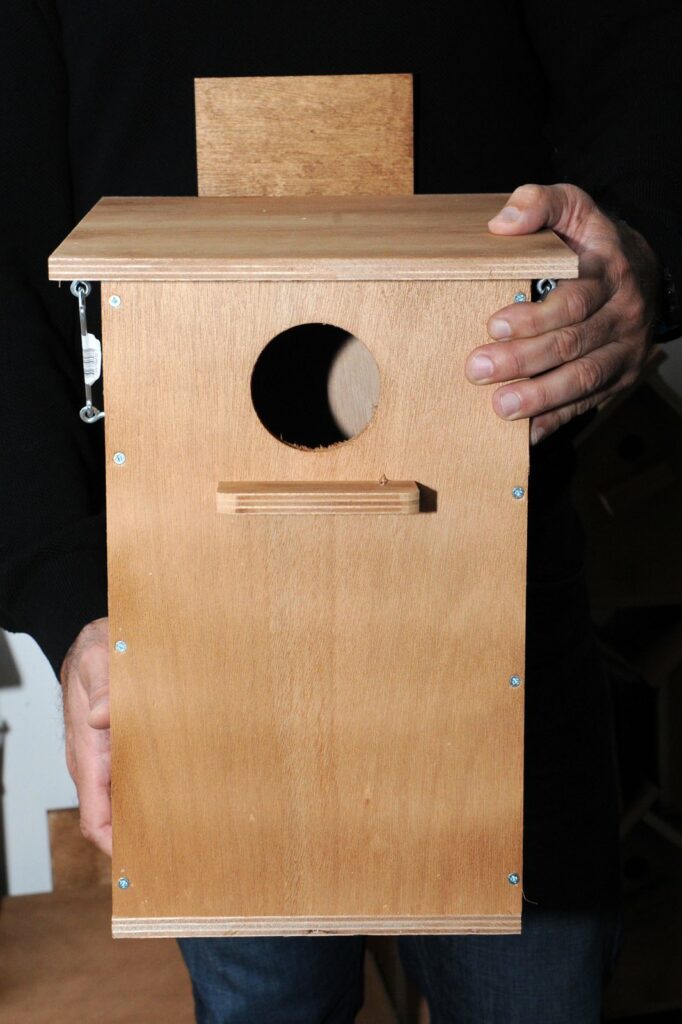
Biological management of the pine caterpillar
Chemical methods of controlling the caterpillar with insecticides are outdated, ineffective and dangerous for the environment and humans in general, and also for the rich fauna of pine forests. Biological control is no longer lacking in chemical effectiveness, especially taking into account the zero impact of this method on the ecosystem of pine forests. Thuringian bacillus (Bacillus Thuringiensis) is the most widespread biological method of combating the pine caterpillar (fighting newly hatched larvae).
In addition to the use of bacillus, which requires significant time and cost, it is proposed to implement pilot biological management of the pine caterpillar, promoting natural predators such as hoopoe, pembetsos and monks.
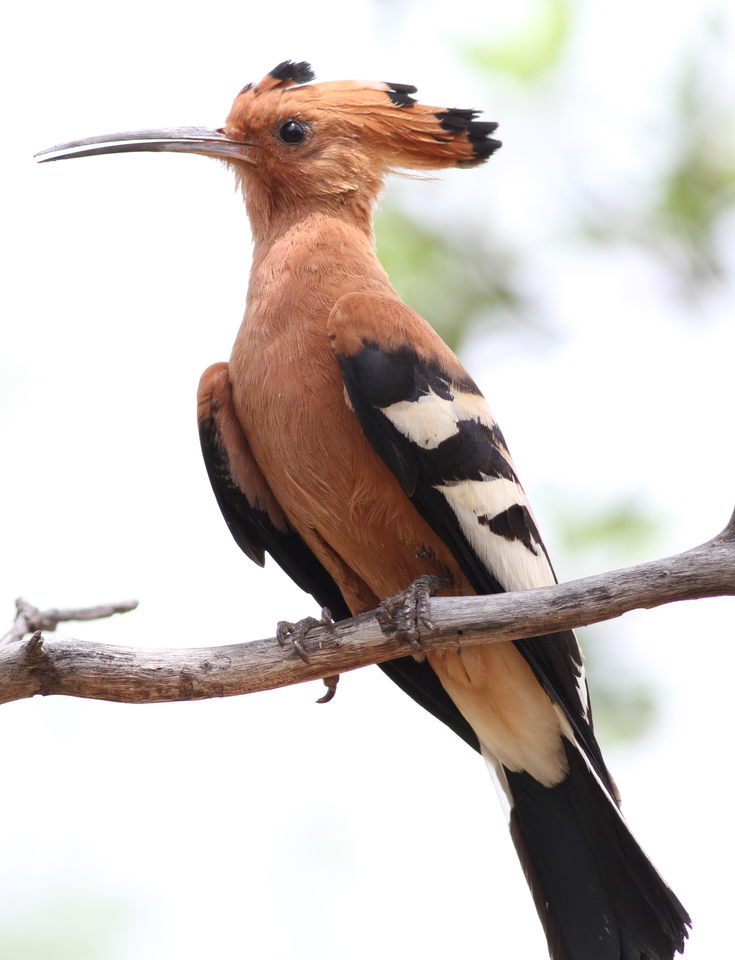
Hoopoe – Upupa epops: The hoopoe is a very characteristic bird, easily recognizable by its plume and wide black and white wings. Its head and neck are light brown/beige in colour. It is a medium-sized bird (about 27 cm). It has a very long and thin beak, with which it can catch insects (eg crickets, grasshoppers, beetles, etc.), worms, but also other invertebrates. He has a very distinctive voice reminiscent of a repetitive rhythmic "where-where-where". The hoopoe or, as it is called in Cypriot dialect, poupouxios, is a migratory bird that usually nests in hollows of trees, wall openings, rock hollows or inside piles of stones.

Pembetsos [Cyprus Coal Tit] – Periparus ater cypriotes: The pembetsos is the smallest species of the family of Papaditsa (Paridae) and is one of the four endemic subspecies of our island. It is a small bird found mainly in the mountains of Troodos, Pafos and Machairas. The male has ashy blackish plumage. His head is black with white dots on the cheeks. The length of his body is from 10 to 11.5 centimeters. It is very easy for humans to spot it, as it is a lively and sociable bird that is usually not afraid of human presence and often approaches its observer out of curiosity. We will see him fluttering in coniferous forests, mainly in pines, looking for insects and spiders. It makes its nest in holes, walls, hollows of trees, in piles of stones and abandoned large nests of other birds. It breeds from April to June. It lays 4-6 eggs in the nests it has built from moss and feathers.
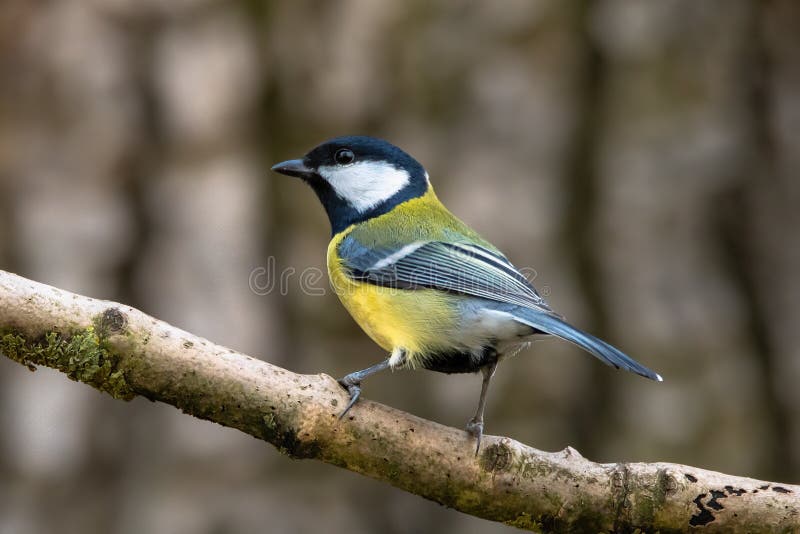
Monk [Tit] – Parus major: It is one of the most common birds in Cyprus and feeds mainly on invertebrates and seeds. It can be found in forests, shrubland, farmland with trees, as well as in towns and villages at all altitudes. It nests in holes in trees or walls as well as in artificial nests placed by humans. Its length ranges from 13 – 15.5 cm.
